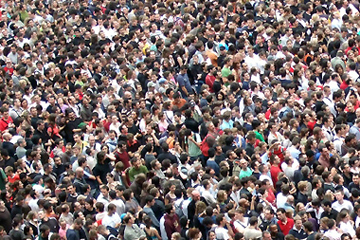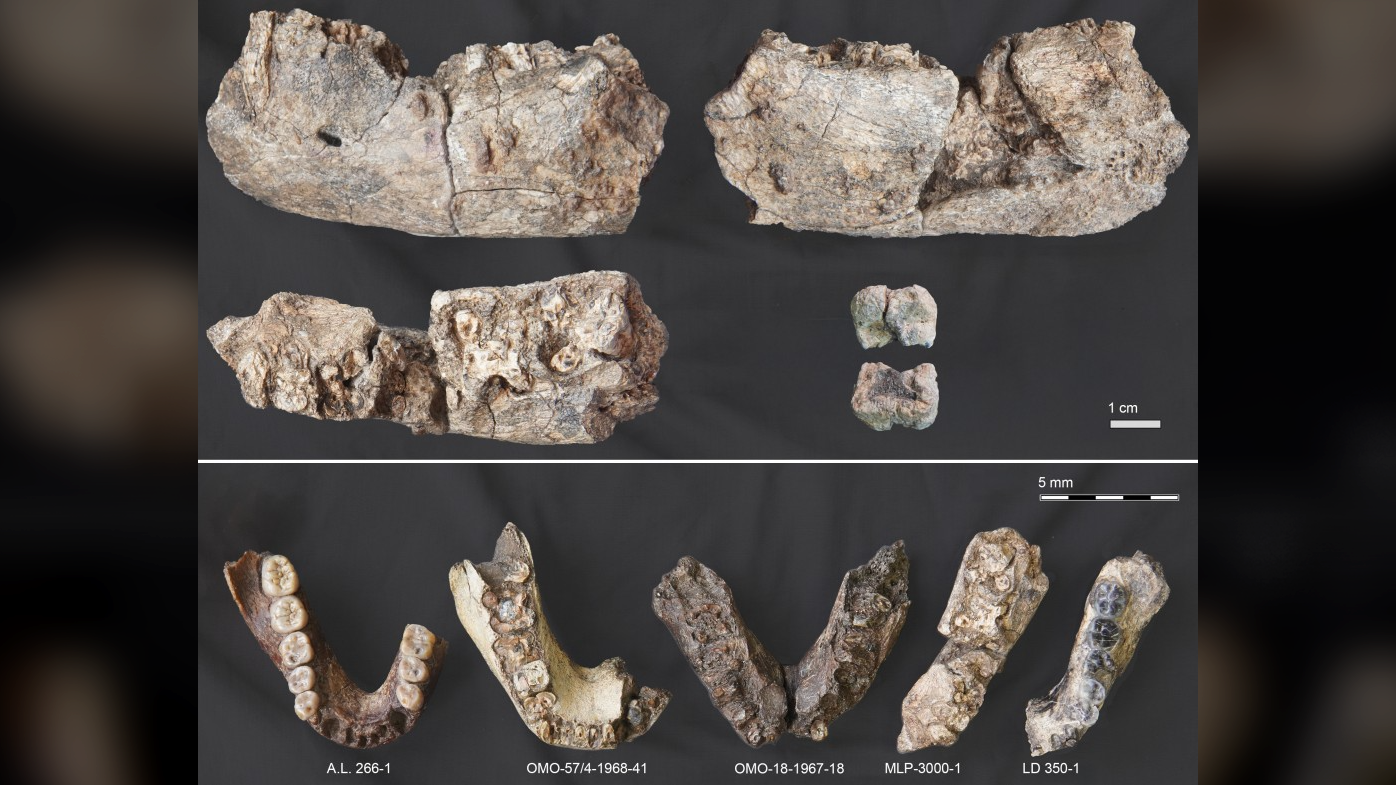Under Extremes, Big Groups Can Act Like A Force Of Nature

(ISNS) -- Large groups of humans emulate natural phenomena in surprising ways, especially when faced with extreme conditions such as riots, rock concerts, or earthquakes.
They may behave like molecules in a gas or in solid material, schools of fish, or flocks of birds, all without thinking or direction, researchers have found. And sometimes, conditions that look chaotic are not.
While group behavior is more likely to be a topic in a conference of sociologists or psychologists, several groups of physicists at a meeting of the American Physical Society in Baltimore, reported using some techniques of physics to describe and maybe predict human behavior in times of crisis.
Take, for instance, a heavy metal concert, where crowds informally create mosh pits, mobs of people moving randomly to cacophonous and throbbing, rhythmic music, bouncing off each other, sometimes transporting each other over the mob by hand.
A group of physics students at Cornell University in Ithaca, N.Y., have recreated the activity in a computer, and the result may lead to better-designed concert halls and arenas and help protect against people being trampled to death at soccer stadium stampedes and concerts. Research like it could save lives.
"We used very simple math models," said Matt Bierbaum, one of the researchers. "We really think we are getting at the basics of human behavior." Bierbaum said until now there has been very little data on how crowds behave in extreme circumstances such as these concerts.
The project began when one student, Jesse Silverberg, took his girlfriend to a heavy metal concert. Not wanting to get involved in the mosh pit that formed in the audience--people get hurt--he stood aside and was fascinated by the motion of the crowd. The group's movement resembled something he saw in physics classes, the disordered collisions of molecules in a gas.
Get the world’s most fascinating discoveries delivered straight to your inbox.
Silverberg thought that might be an interesting study, and along with other students, created artificial mosh pits in a computer, using videos of rock concerts on YouTube as the template and converting the crowd into individual particles in the program using automated tracking techniques.
Bierbaum reported at the meeting that while the crowds seemed to be running around wildly, the researchers found two types of people in the patterns, subjects they called MASHERS (Mobile Active Simulated Humanoids). Some "flocked," meaning they generally followed their neighbors. Animals flock the same way, Bierbaum said. So do fish schools. There is no bird or fish in charge. Those who stayed stationary, passive MASHERS, reacted normally when an active MASHER accidentally collided with them--they bounced--and then resumed standing still.
If there were more active MASHERS than passive, the random conditions predominated, Bierbaum said, and the crowd behaved just like the molecules in gas, randomly colliding with each other. But sometimes, if there was more flocking--people following each other randomly--they soon formed vortices, "circle pits," which looked like human whirlpools.
The circle pits appeared to emerge totally spontaneously; no one was in charge or was giving directions. The researchers said what they found and the methods they used may demonstrate how crowds behave in protests, riots or in panic--"collective motion in genuinely excited states."
Research into the hydrodynamics of crowds has been done before, mostly in Europe, and is only now beginning to be applied in the U.S., said Doug Samuelson, president and chief scientist at Virginia-based InfoLogix, Inc., who has done work in the field.
Some related models contain 40,000-50,000 simulated people in a stadium rather than at a rock concert.
The Secret Service Uniformed Division, which protects the president's residence and other sensitive areas around Washington, D.C., used crowd modeling at the 2013 presidential inauguration and other events. European researchers, who are way ahead of colleagues in the U.S., have studied evacuations in fires and pedestrian situations, Samuelson said.
People watching crowds can recognize patterns intuitively, and sometimes the scientists are telling security people what they already knew from just watching.
"Everyone knows what not to do," Samuelson said. "It's hard to redesign lot of things already constructed, but things can be done about changing response plans and resources. That is being done."
That doesn't stop people from doing the wrong thing: at the Super Bowl in 2011 they put temporary seats in exit aisles, Samuelson said.
Bierbaum said he thinks the methods the Cornell researchers used are the only ethical way to study mass movements in times of crisis. The only alternative would be to ask volunteers to take part in a simulated disaster. Aircraft manufacturers do this to demonstrate an airliner evacuation. In the case of mass evacuations, that would be unethical. Converting real crowds to dots on a computer screen avoids that issue, Bierbaum said.
Joel Shurkin is a freelance writer based in Baltimore. He is the author of nine books on science and the history of science, and has taught science journalism at Stanford University, UC Santa Cruz and the University of Alaska Fairbanks.
Inside Science News Service is supported by the American Institute of Physics.
 Live Science Plus
Live Science Plus





